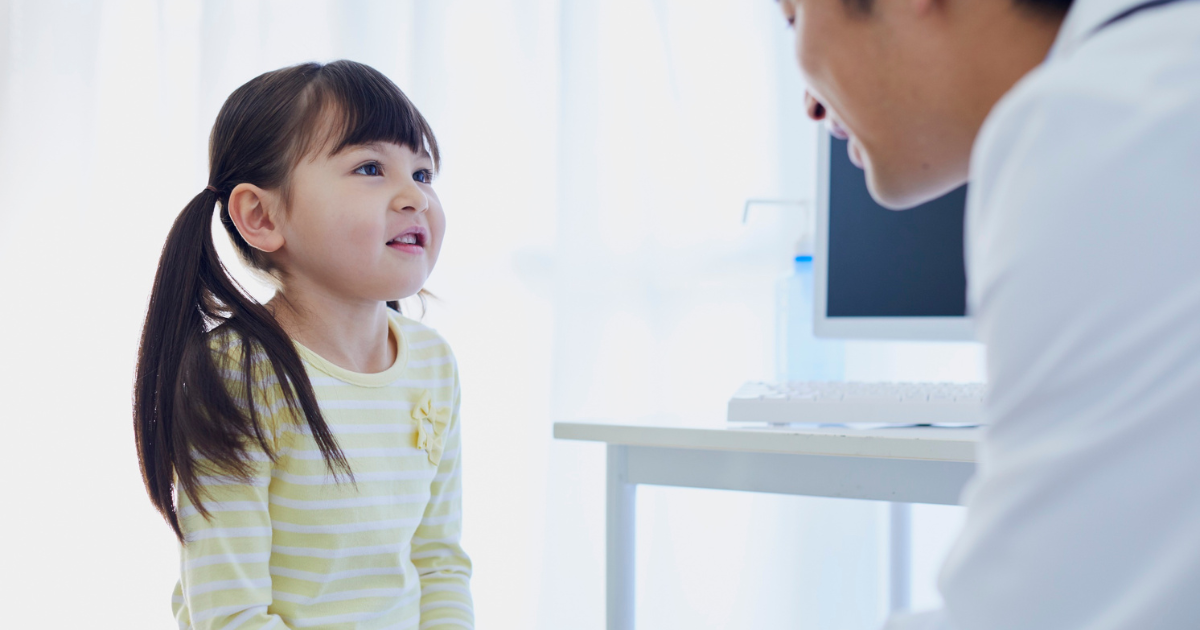Sometimes, it is difficult for people to hide their facial expressions while facing any hard situation. The reason lies in the issue called Autism facial features when a person cannot simply control his emotions and actions. Also, facial features in Autism cannot be hidden when you do not like something. There is a change in the facial features, such as the broad upper face, smaller middle face, big eyes, and mouth.
The most vital thing is understanding these facial features and trying to overcome them. Doing so will teach you how to manage and deal with your facial expressions. Continue reading as we’ll discuss here all about female autism facial features and its physical characteristics.
What Are the Facial Features of Autism?
The facial features in the individuals with Autism Spectrum Disorder are unique and different. They cannot grasp the sentiments and emotions of another person. In most instances, an autistic patient is not in a position to give the right response by maintaining eye contact. More facial characteristics in Autism include:
- Broader upper face
- Flattened nose
- Smaller eyes
- Longer philtrum
- Thinner upper lip
Moreover, people with Autism cannot develop a deep relationship with their parents. Their mind is always filled with negative and confusing notions. Sometimes, a person wants to say something but cannot do so because he has not got the confidence to express all his emotions to another person.
Symptoms of Autism Facial Features
There are few signs of autism facial features in toddlers. These may consist of the following:
- Avoiding eye contact
- Getting too close to other individuals or getting worried if someone touches you.
- It include small details, patterns, smells or sounds that others don’t
- Having an interest in certain subjects or activities
- Liking to plan things carefully before doing them
Physical Characteristics of Autism
1. Eye Contact
Developing and keeping eye contact can be challenging for many people with Autism. It may be the result of social interaction issues or sensory overload. For such individuals, contact others and communicate properly.
2. Difficult To Sense or Hear Things
Some autistic people may experience delayed speech development or linguistic difficulties. It could appear as monotone speech, repeating words or phrases, or difficulty interpreting figurative or sarcastic language.
3. Unable to coordinate with others
One common feature of Autism is poor motor coordination. That can also manifest as clumsiness, difficulty with fine motor skills—such as tying shoes and writing, or an unusual tendency to fidget or rock back and forth.
4. Lack of facial expression
Due to the limited facial expression in people with Autism, it becomes hard to tell whether such a person is upset or reacting to some factor.
5. Asperger Autism Facial Features
While facially and through body language, people with Asperger’s Syndrome, a form of Autism, may express themselves in ways that could be construed as peculiar, there are no physical facial characteristics that universally define Asperger’s or Autism.
6. Unusual Behavior
Autism is characterized by repetitive behaviors like hand flapping, body swaying sideways, circling, or repetition of words or phrases.
7. Social Isolation
Basically, in autism spectrum disorders, there is difficulty reading the social cues or upholding the social norms. This behavior may result in inappropriate behaviors or trouble even in making friends.
8. Limited and od interests
These sorts of people have unusual habits that they can’t control. Many people with Autism have obsessive interests or repetitive behaviors: these might involve such issues as railroads or dinosaurs or activities arranging things or lining them up.
9. Sleeping problems
Sleep issues are very common in an individual with Autism. These could be waking up several times from a night’s sleep, difficulty falling asleep, or waking up at the crack of dawn or even earlier.
10. Health issues
Some individuals with Autism have gastrointestinal issues, such as diarrhea, constipation, or stomach aches. The problems in the gastrointestinal tract are not fully known but sometimes may arise due to changes in sleeping patterns.
Does Autism Affect Facial Appearance?
Yes, Autism affects the person’s facial features, such as changes in the upper, lower, and middle face, nose texture, and broader lips. It is a neurodevelopmental complex disorder that influences an individual’s behavioral, social, and communicational patterns. For instance, the large forehead of some individuals with Autism can suggest an increased brain volume. As the size of the brain increases, certain parts of the brain responsible for controlling social behavior and communication may not develop as planned.
It may be combined with the wide-spaced eyes and be related to changes in how the brain processes visual information. These might then affect how people with autism process and perceive information of a social nature, which has consequences for social interaction. By contrast, it is not to say that all those who have some of the physical characteristics of the condition have Autism, and not every one of those who have these physical characteristics has Autism.
Can facial features help diagnose Autism?
Even though they might be important in diagnosing facial features in Autism, they cannot be the determining factor. Facial traits research, being a method to diagnose Autism, is gaining ground, especially in early diagnosis to ensure autistic persons receive the necessary support. It is not advisable to rely on facial traits solely because, although some facial features are common among autistic individuals, some of these traits are also present among non-autistic individuals.
According to recent research, several models were developed for identifying Autism by facial feature analysis; it identified Autism with accuracy ranging from 86% to 95%.
Can a Mild Autistic Child Become Normal?
Yes, the Autism facial features of adults can become normal by consulting with some professional mental health experts. Moreover, autistic children need more attention and care so they might lead a healthier life. It is observed, for example, that autistic people study facial characteristics, like the mouth or nose, and not the overview of the face. It can interpret intents and feelings based on facial expressions very difficult.
Furthermore, some research on this matter has suggested that people with Autism may have trouble distinguishing facial expressions between different emotions. For instance, they may be unable to differentiate between a happy smile and a polite one.
Do People with Autism Behave and Act Differently Than Others?
It can also impact a person’s idea of beauty. According to recent studies individuals with Autism may not have the typical aesthetic preference compared to those without the condition. For instance, they can be passionate about geometric shapes and patterns rather than natural scenery or people’s faces. This difference in the perception of beauty may be attributed to the unknown underlying brain abnormalities in autistic individuals. Indeed, some studies suggested that individuals with Autism cannot understand structure within complex visual scenes and have abnormalities in their visual processing skills.
It’s important to note, however, that not all autistic people define themselves beautifully. Although some might still find beauty in the human face or nature, many might be more interested in other forms of visual input.
Important Note:
All the details provided in this article aim for informational and educational purposes. Please don’t consider it medical advice or a substitute for a psychiatric evaluation. For professional guidance and treatment, consult with our licensed healthcare professionals at MAVA Behavioral Health.
End Note
There is more chance of change in the facial features in the autism spectrum, but with the proper care and treatment, it is possible. Although the symptoms and signs of Autism spectrum appear in the child in every childhood, it goes with the lifetime. Whenever you observe any changes in your child’s fl features, the in your child br you is to consult some expert mental health experts. You may also contact or visit us at MAVA Behavioral Health for instant treatment and the best counseling and recommendation possible.









